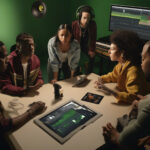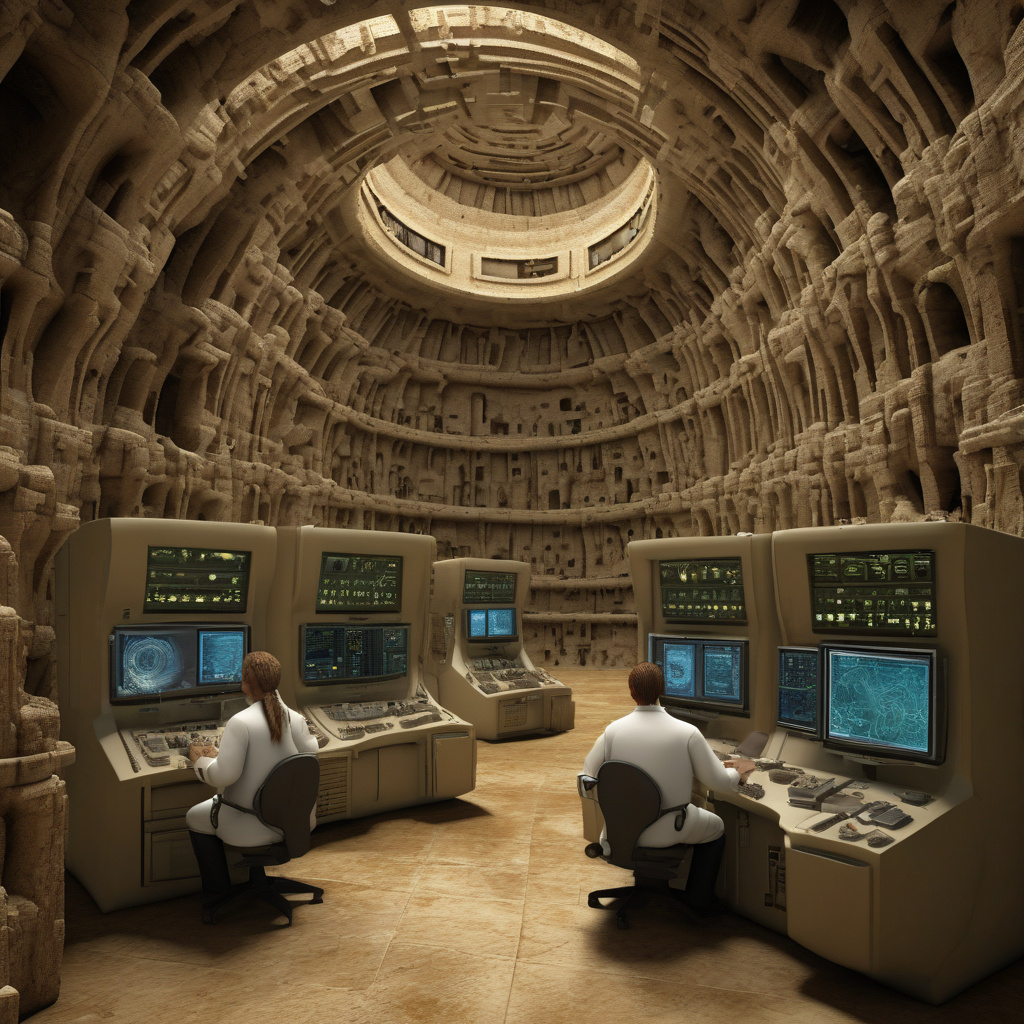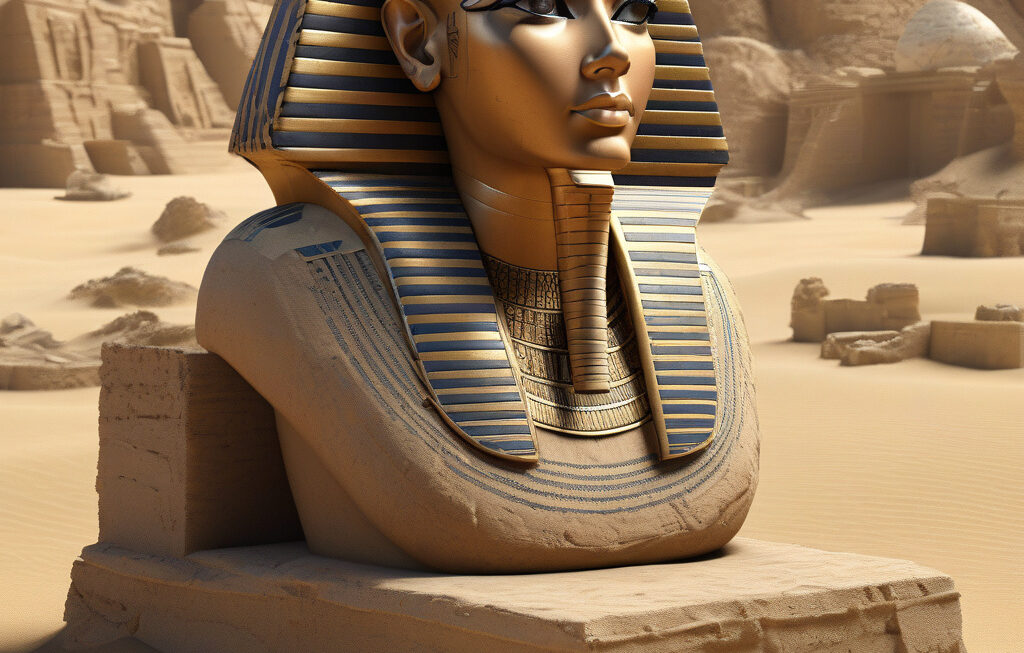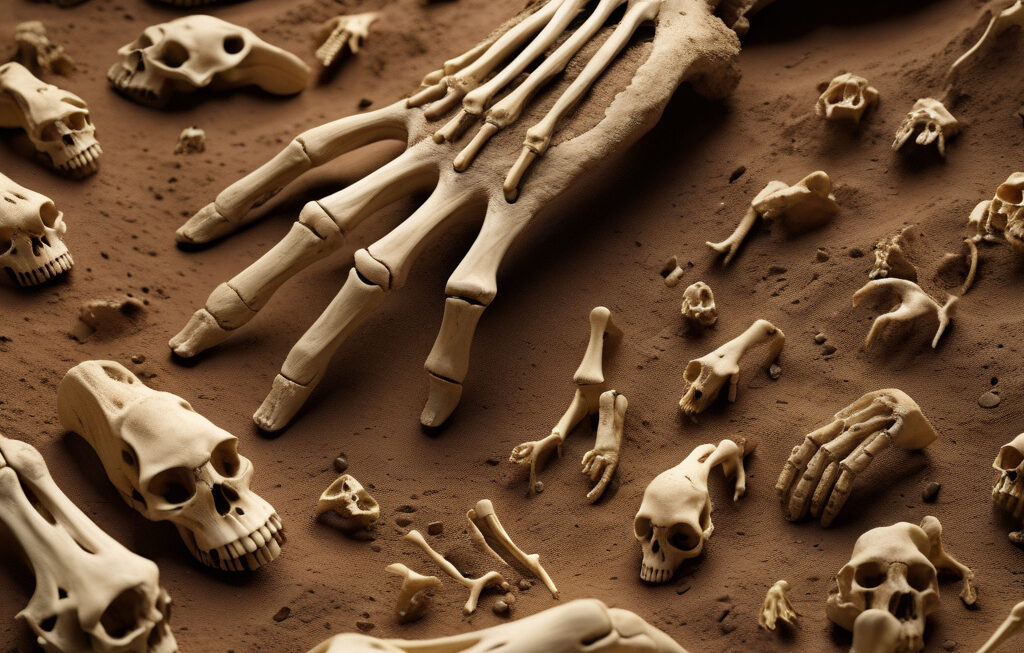Reconstructing the Sounds of the Past: A Journey into the Ancient Underground City’s Acoustic Landscape
Modern cities teem with diverse sounds, from the roar of vehicles to the melodies of bustling crowds and the rhythmic hum of technology. These auditory elements form the symphony of urban life, shaping our experiences and interactions on a daily basis. However, what if we could travel back in time and immerse ourselves in the sounds of ancient civilizations, hearing the echoes of the past in a vivid and immersive way? Thanks to the groundbreaking work of a visionary scientist, this seemingly impossible feat has now become a reality.
Imagine walking through the narrow, winding streets of an underground city that flourished centuries ago. The air is thick with the scent of history, and as you listen closely, faint whispers of the past begin to fill your ears. This is the experience that Dr. Elena Martinez, a renowned archaeoacoustician, has brought to life through her pioneering research in acoustic archaeology.
Dr. Martinez’s most recent project focuses on reconstructing the sounds of an ancient underground city using cutting-edge technology to create a 3D virtual soundscape. By analyzing the acoustics of the city’s architectural features and incorporating data from historical records, she has been able to digitally recreate the sonic environment of this long-lost civilization with remarkable accuracy.
One of the key challenges that Dr. Martinez faced in this ambitious endeavor was piecing together the fragmented clues left behind by the ancient inhabitants of the underground city. Through careful examination of archaeological artifacts, inscriptions, and architectural remains, she was able to uncover valuable information about the city’s acoustic design and the sounds that would have reverberated through its chambers and passageways.
Using this knowledge as a foundation, Dr. Martinez employed advanced sound modeling techniques to simulate how sound waves would have traveled and interacted within the city’s unique acoustic environment. The result is a mesmerizing audio experience that transports listeners back in time, allowing them to immerse themselves in the ambient sounds of daily life in the ancient underground city.
From the gentle drip of water in subterranean cisterns to the distant echoes of communal gatherings in grand halls, the 3D virtual soundscape created by Dr. Martinez offers a glimpse into a world long forgotten. By combining her expertise in acoustics with a deep understanding of archaeology, she has unlocked a new dimension of historical exploration, enabling us to engage with the past in a truly sensory way.
In addition to its cultural and educational significance, Dr. Martinez’s work also holds promising implications for the field of virtual reality and immersive entertainment. Imagine being able to walk through ancient ruins and hear the voices of the past speaking to you, or to explore lost civilizations through the power of sound alone. The possibilities for interactive storytelling and experiential learning are endless, thanks to the groundbreaking research being conducted in acoustic archaeology.
As we continue to push the boundaries of technological innovation and historical inquiry, projects like Dr. Martinez’s serve as a compelling reminder of the power of sound to connect us with our shared human heritage. By listening to the echoes of ancient civilizations, we gain a deeper appreciation for the rich tapestry of human history and the enduring legacy of those who came before us.
In a world where the past often feels distant and abstract, the ability to reconstruct the sounds of ancient cities offers us a tangible and visceral connection to our roots. Through Dr. Martinez’s pioneering research, we are invited to listen, learn, and experience history in a whole new way – one that resonates with the depth and complexity of the human story.
ancient sounds, underground city, acoustic archaeology, immersive experience, historical research












